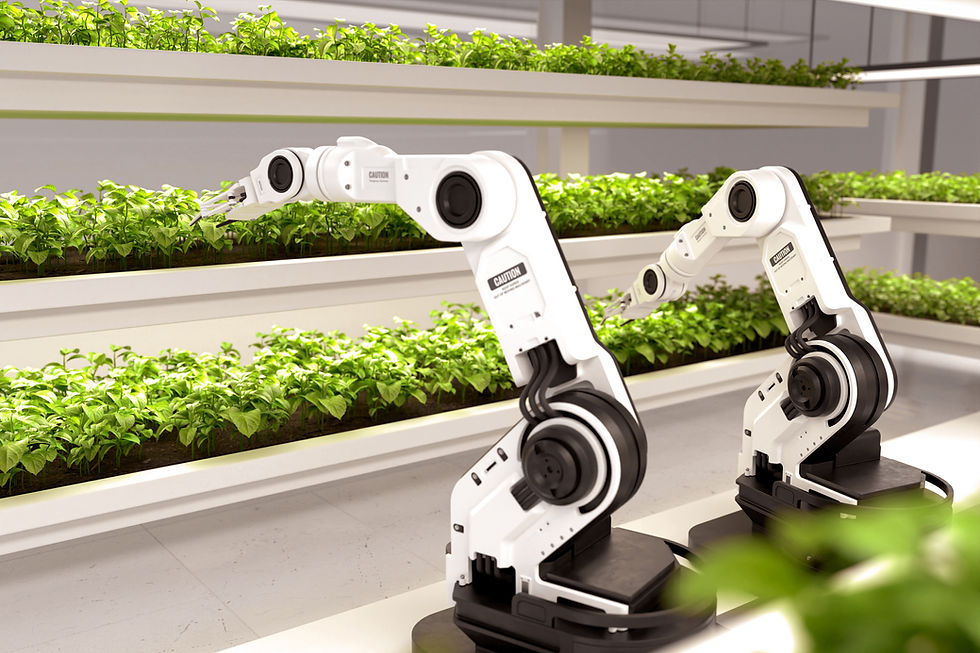In the realm of industrial automation, collaborative robots (cobots) stand at the forefront of innovation, revolutionizing manufacturing and beyond. These versatile machines, designed to work alongside humans in shared workspaces, are powered by sophisticated cobot software. This blog post dives deep into the intricacies of cobot software, exploring its functionalities, applications across industries, advancements in technology, and the future trends shaping its evolution.
Understanding Cobot Software
Cobot software serves as the backbone of these intelligent machines, enabling them to perform a wide range of tasks efficiently and safely. Unlike traditional robots that operate autonomously within predefined parameters, cobots require software that supports human-robot collaboration, adaptive learning, and real-time responsiveness. This section delves into the foundational elements and key components of cobot software:
Key Components of Cobot Software
1. Motion Control and Path Planning:
- Algorithms that govern the movement of cobots, ensuring precise and efficient navigation in complex environments.
- Path planning techniques optimize trajectories to minimize collisions and maximize efficiency.
2. Sensor Integration:
- Integration of sensors such as vision systems, proximity sensors, and force/torque sensors to perceive and interact with the environment.
- Sensor data is processed in real-time to enable safe interaction with humans and objects.
3. Task Execution and Coordination:
- Software modules for executing tasks such as picking, placing, assembly, and quality control.
- Coordination algorithms ensure seamless collaboration between cobots and human workers.
4. User Interface and Programming Environment:
- Intuitive user interfaces (UI) that allow operators to program cobots easily and monitor their performance.
- Programming environments include graphical interfaces and scripting languages (e.g., Python, C++) for creating custom behaviors and applications.
Advanced Functionalities in Cobot Software
1. Artificial Intelligence (AI) and Machine Learning:
- AI algorithms enable cobots to learn from experience, adapt to changing conditions, and make autonomous decisions.
- Machine learning models improve task performance, predictive maintenance, and anomaly detection.
2. Cloud Integration and Connectivity:
- Integration with cloud platforms facilitates data storage, analysis, and remote monitoring of cobot operations.
- Real-time connectivity enhances scalability and enables centralized management of multiple cobots across different locations.
3. Security and Safety Features:
- Built-in safety protocols and algorithms ensure safe operation in dynamic environments shared with humans.
- Security measures protect sensitive data and prevent unauthorized access to cobot systems.
Applications Across Industries
Cobot software finds application across diverse industries, each benefiting from its ability to enhance productivity, efficiency, and operational flexibility. This section explores how cobot software is transforming various sectors:
Manufacturing
- Assembly and Production: Cobots programmed for assembly tasks improve production efficiency and consistency.
- Quality Control: Automated inspection and measurement tasks ensure high product quality and reduce defects.
- Material Handling: Cobots handle materials safely and efficiently, optimizing logistics and warehouse operations.
Healthcare
- Patient Care: Cobots assist in patient lifting, transport, and medication delivery, supporting healthcare professionals.
- Laboratory Automation: Cobots perform repetitive tasks in laboratories, such as sample handling and testing, improving throughput and accuracy.
Logistics and Warehousing
- Order Fulfillment: Cobots pick and pack orders in distribution centers, speeding up order processing and reducing errors.
- Inventory Management: Automated inventory tracking and management improve accuracy and optimize warehouse space utilization.
Agriculture
- Precision Farming: Cobots equipped with sensors and AI monitor crops, apply fertilizers, and harvest produce with precision and efficiency.
- Livestock Management: Automated feeding and monitoring tasks improve animal welfare and farm productivity.
Technological Advancements and Innovations
The evolution of cobot software is driven by advancements in technology and continuous innovation. This section explores emerging trends and technologies shaping the future of cobot programming:
Future Trends in Cobot Software
1. Enhanced Human-Robot Collaboration:
- Development of intuitive interfaces and natural language processing (NLP) to facilitate seamless interaction between cobots and human operators.
- Collaborative intelligence frameworks that enable cobots to learn from human behavior and adapt in real-time.
2. Edge Computing and IoT Integration:
- Processing data closer to the source (edge computing) reduces latency and enhances real-time decision-making capabilities.
- Integration with IoT devices for predictive maintenance, condition monitoring, and data-driven insights.
3. Augmented Reality (AR) and Virtual Reality (VR):
- AR/VR technologies for immersive training, remote assistance, and visualizing cobot operations in complex environments.
- Mixed reality applications that combine physical and virtual elements to enhance operator training and task execution.
4. Ethical Considerations and Safety Standards:
- Addressing ethical concerns related to job displacement, privacy, and the ethical use of AI in cobot programming.
- Compliance with safety standards (e.g., ISO 10218, ISO 13482) to ensure safe human-robot interaction and operational reliability.
Conclusion
In conclusion, cobot software represents a transformative force in the realm of industrial automation, empowering businesses to achieve higher levels of productivity, efficiency, and safety. By leveraging advanced programming techniques, AI capabilities, and connectivity solutions, cobots are poised to revolutionize industries across the globe. As technology continues to evolve, so too will the capabilities of cobot software, driving innovation and shaping the future of work.
At Aquabrain Technologies, we're at the forefront of cobot software development, pushing the boundaries of what's possible in human-robot collaboration. Contact us today to discover how our tailored solutions can empower your business to thrive in the era of intelligent automation.
Join the conversation: How do you envision cobot software shaping the future of your industry? Share your insights and ideas in the comments below!

.png)
Comments